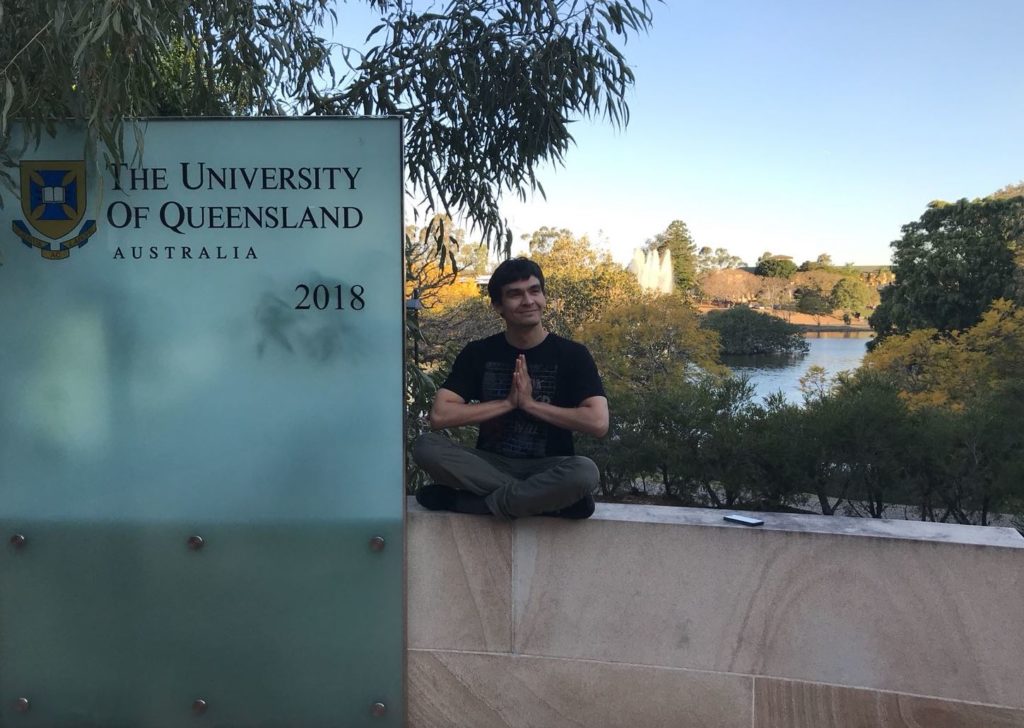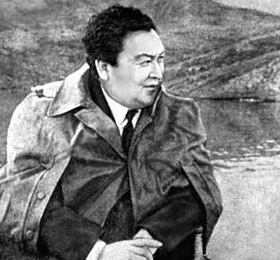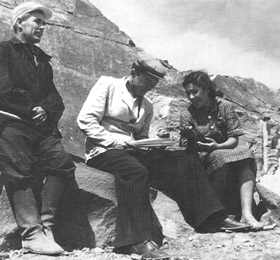Kaisar Dauyey
Specialization: Doctor of Medicine. Internship: The University of Queensland, Australia.
 A graduate of the School of Medicine Kaissar Dauey is a native of Tashkent. At the beginning of 2018, the 25-year-old Kazakhstani became the winner of the competition of the research internship programme for specialists carried out by Shakhmardan Yessenov Foundation.
A graduate of the School of Medicine Kaissar Dauey is a native of Tashkent. At the beginning of 2018, the 25-year-old Kazakhstani became the winner of the competition of the research internship programme for specialists carried out by Shakhmardan Yessenov Foundation.
How did you get interested in biology?
I became interested in biology when I was a first year student. We had wonderful teachers. One of them, Dr. Emmanuel Libertini, discovered the world of science for me. I made sure it wasn’t limited to standard experiments and boring lectures. I realized that most of the discoveries in biology and medicine are due to the work of scientists who have gone outside the framework of common truths, such brave people as Charles Darwin, Galileo Galilei and Stephen Hawking.
It was easy to win the competition, wasn’t it? How did it go?
I have to clarify that I passed the competition only from the second attempt. For the first time in 2014, I reached the final, but then I guess I did not have enough skills and knowledge. This time the competition seemed to be quite simple, though it required patience and use of the experience I gained at the School of Medicine.
How was the internship?
I came to Australia in the middle of summer. I trained in the laboratory of the Institute of Molecular Biological Sciences of the University of Queensland — Medical Genomics in Infectious Disease and Cancer Group. The theme of the work is the study of biological markers of systemic infections in children. I had to determine the genetic factors that would allow doctors to find out the causes of sepsis (blood infection). Sepsis is the body’s response to infection, and it causes damage to tissues and organs, after all, about 6 million people in the world die from it every yearI spent my free time on the beach, met scientists and travelers, and discovered the flora and fauna of Australia. The nature there is stunning and varied: from majestic humpback whales to Brazilian jacaranda blooming in the botanical gardens.
What have you achieved?
We’ve identified new genetic markers for sepsis. Then there will be a stage of additional tests, publication of articles, and carrying out clinical tests. And only after all of these, the results of our research can be used in medicine. I hope this will reduce the mortality rate from sepsis. This is the most important thing. During the internship, I learned how to process genomic data, evaluate diagnostic markers. I really enjoyed working in the group of Lachlan Coin. Our work was the synthesis of the three sciences — mathematics, medicine, and biology. I met a family of immigrants from Belarus, who moved to Australia in the late 90s – Olga and Alexander, and their children. We had picnics, went to the National Park, and spent time having heart-to-heart conversations.
What’s next, Kaissar?
I’m going to become a medical practitioner. In the meantime, I will continue to study sepsis at home at the School of Medicine, publish an article on palliative medicine, and then I plan to get admitted as a PhD student studing computational genomics — science that makes possibleto analyze the data of the human genome at the cellular level, which can be used in personalized medicine. I would like to continue studying cancer and infectious diseases.
6.12.18, Stories
Seen by: 816




